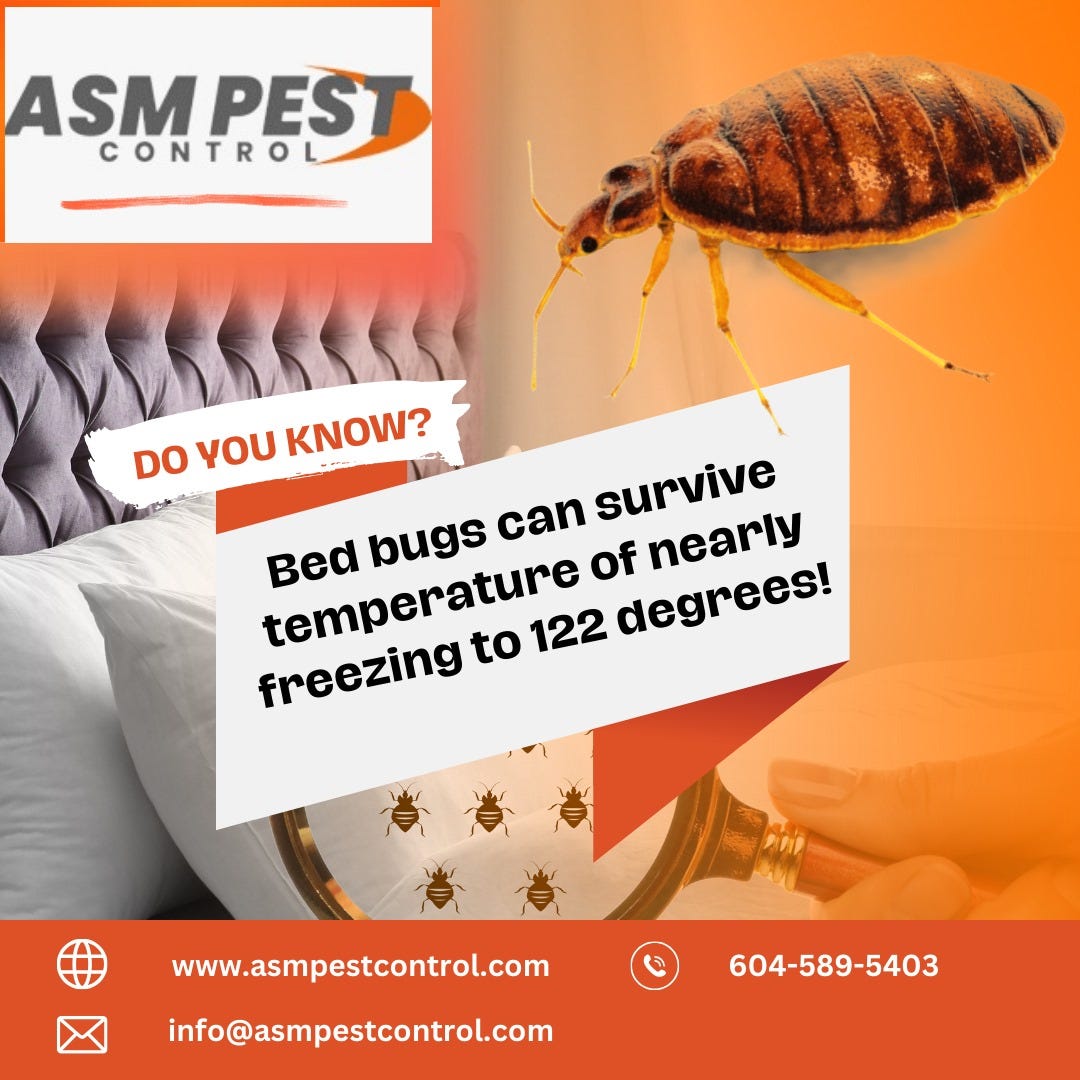Types of Pest Control: Which Approach Is Right for Your Problem?
When faced with a bug problem, the selection of an ideal approach for insect control is crucial in successfully taking care of the situation. By discovering the numerous types of bug control approaches available, individuals can make enlightened choices tailored to their special conditions, guaranteeing a much more reliable and sustainable result in bug eradication.
Chemical Insect Control
Chemical insect control includes the usage of artificial or naturally derived chemicals to handle and remove pest populations properly. This approach is commonly made use of in agriculture, forestry, and domestic settings to deal with a vast array of parasites, including weeds, rats, and pests. The use of chemical pesticides can give fast and targeted remedies to pest problems, making it a popular selection for several people and businesses.
One of the vital benefits of chemical parasite control is its capacity to swiftly get rid of insects, decreasing the risk of damage to plants, home, and human wellness. By making use of certain chemicals that target specific insects, this method can efficiently manage infestations while minimizing harm to valuable microorganisms and the atmosphere when applied appropriately.
Nonetheless, using chemical pest control also raises issues about possible unfavorable effects on non-target varieties, water sources, and human health. It is crucial to adhere to security guidelines, use chemicals sensibly, and take into consideration alternate pest control approaches to lessen these risks and guarantee sustainable parasite administration practices.
Organic Pest Control
Organic insect control, also recognized as biocontrol, utilizes living microorganisms to manage and lower bug populations naturally. This approach harnesses the power of nature to manage insects without the requirement for synthetic chemicals. Biocontrol can include the intro of all-natural opponents of the insect varieties, such as predators, bloodsuckers, or pathogens, to subdue pest populaces. By making use of the insect's all-natural killers or virus, biological bug control supplies a lasting and ecologically pleasant solution to pest administration.

Mechanical Parasite Control
Utilizing hands-on and physical techniques to manage bug populaces, mechanical bug control offers an alternative method that does not rely upon making use of living organisms or synthetic chemicals. This technique includes using barriers, catches, or various other devices to physically hinder or eliminate bugs. By obstructing insect access factors or establishing up catches to catch them, mechanical pest control can properly minimize infestations without presenting chemicals right into the setting.
One usual example of mechanical bug control is the use of mesh displays on doors and windows to stop bugs from entering buildings. This straightforward yet effective technique functions as a physical obstacle, keeping parasites out while permitting appropriate ventilation. In addition, gadgets like mousetraps, fly swatters, and ultrasonic repellents fall under the mechanical insect control group.
While mechanical bug control methods can be labor-intensive and call for normal surveillance and maintenance, they provide a environmentally friendly and sustainable solution for handling bug infestations. By integrating various mechanical methods, home owners can create an extensive parasite control strategy that minimizes reliance on chemical pesticides.
Physical Insect Control

Some common physical insect control methods include using obstacles such as webs or displays pest control service provider to avoid bug entrance, catches to capture and get rid of bugs, and hand-picking to physically remove pests from plants or frameworks. Additionally, methods like warmth treatments can be made use of to manage parasites like bed insects by elevating the temperature to levels that are lethal to the pests.
Physical insect control is especially valuable in integrated pest monitoring (IPM) methods, where several bug control approaches are combined for reliable pest monitoring while reducing the usage of chemicals. By using physical bug control methods, individuals can properly address bug infestations with very little ecological effect.
Integrated Insect Monitoring
When implementing physical insect control techniques as component of insect administration approaches, Integrated Bug Management (IPM) becomes a thorough approach that leverages numerous methods to properly manage pest populaces. IPM concentrates on lasting avoidance of pests with a combination of organic, social, physical, and chemical tools tailored about his to details parasite problems. By incorporating multiple control strategies, IPM intends to decrease the dangers linked with pests while also lowering reliance on chemical solutions.
One trick element of IPM is the focus on monitoring and assessing pest populaces to determine the most appropriate control approaches. This positive technique enables very early treatment and targeted strategies, resulting in a lot more effective pest administration. Additionally, IPM promotes environmentally friendly techniques by prioritizing non-chemical control approaches and just utilizing pesticides my site as a last resource.
Verdict

By making use of the insect's natural predators or pathogens, organic bug control provides a lasting and eco pleasant service to pest monitoring. - Kings cincinnati pest control companies
Making use of physical and hands-on methods to take care of pest populaces, mechanical parasite control provides an alternate method that does not depend on the usage of living microorganisms or synthetic chemicals.An effective technique to taking care of parasite populaces without counting on chemical or biological approaches includes the usage of physical bug control techniques.When applying physical bug control approaches as part of pest monitoring techniques, Integrated Insect Management (IPM) emerges as an extensive strategy that leverages various strategies to efficiently regulate pest populations. Chemical bug control entails the usage of chemicals, biological bug control utilizes all-natural predators, mechanical parasite control includes physical barriers, physical bug control consists of trapping or getting rid of bugs, and integrated bug monitoring integrates numerous approaches for an all natural technique to pest control.